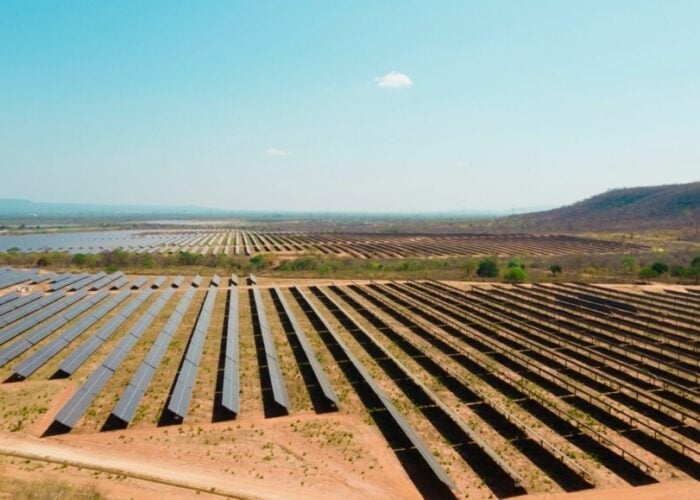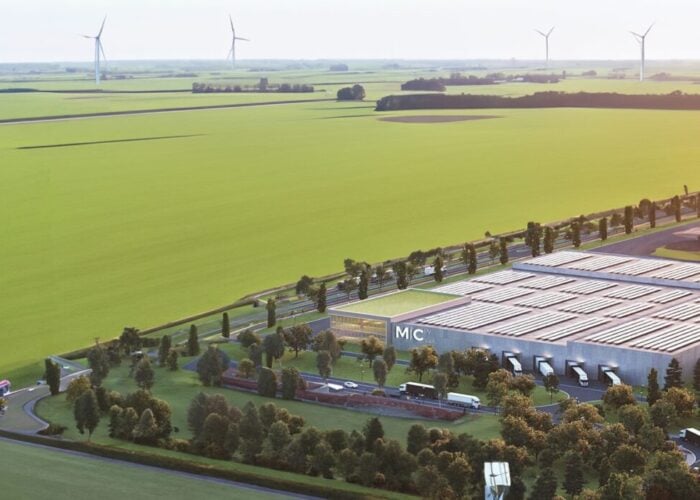Consolidation and oversupply in the PV industry has forced capital expenditure to their lowest levels since 2006, information and analytics company IHS said this week.
In 2013, capital spending among PV companies is forecast to drop to US$2.3 billion, down from US$3.6 billion in 2012, according to data from the company's PV Manufacturing and Capital Spending Tracker. It also marks the second year of decline after the market peaked in 2011, as spending plunged 75% in 2012.
Try Premium for just $1
- Full premium access for the first month at only $1
- Converts to an annual rate after 30 days unless cancelled
- Cancel anytime during the trial period
Premium Benefits
- Expert industry analysis and interviews
- Digital access to PV Tech Power journal
- Exclusive event discounts
Or get the full Premium subscription right away
Or continue reading this article for free
IHS forecasts that next year's expenditure levels will tick up a little, but will not reach US$3 billion annually again until 2016.
Jon-Frederick Campos, an IHS lead analyst based in Silicon Valley, told PV-Tech: “Supply is still outpacing demand by quite a bit. In our 2014 forecast, companies are wising up, idling their manufacturing lines and allowing for inventory to be shipped off before revamping their manufacturing operations.
“A lot of the tier 1 companies shot themselves in the foot with rapid expansion and growing too fast for their own good a couple of years ago. A lot of the companies I've spoken to are don't want the overcapacity situation all over again.
“Some of the solar companies in the EU and China are not wising up as much as they should, but for the most part the industry has come full circle and learned its lesson.”
Companies in the entire PV supply chain of suppliers of modules, cells, ingots, wafers and polysilicon were also trying to recoup losses and return to profitability before they make capital expenditures, said Campos.
“If the module price stabilisation continues and starts on this upwards trend, companies may become a little bit more profitable, then 2013 is where this glut bottoms out and it's an upswing looking onward.
“They want to make sure they return to some sort of profitability. A few years ago we were looking at 20-30% margins. Companies like First Solar are starting to become more profitable but they're learning that 5% to 12% are the margins to expect.”
Although many companies still doubt that the decline in equipment spending is over, IHS notes that an evolution within the industry will force companies to step up capital expenditures and focus on new technologies to improve efficiency.
“Solar has transitioned from the technology-oriented stage into an energy-focused phase,” said Michael Sheppard, senior solar analyst at IHS. “PV companies are eager to serve those customers adapting to new developments such as rebate programs, feed-in tariffs and other solar incentives. The industry, for its part, is reinventing itself and investing in equipment to help customers accommodate these new realities.”
Companies were continuing to invest again but perhaps at lower levels, Campos suggested. Hemlock Semiconductor was one company that was revisiting plans to expand its polysilicon operations in Tennessee, he said.
In April, IHS released its forecast for a record year of growth in 2013, with installations topping 35GW.
“In terms of our demand forecast, this is definitely more than enough capital expenditure [to serve that market],” said Campos.






